Many photographers strive to create captivating and visually impactful images but often need help to achieve harmony and motion within their photography composition techniques. They find it challenging to understand how to effectively utilize repetition, pattern, and movement to guide the viewer’s eye and create a dynamic visual flow in their photographs.
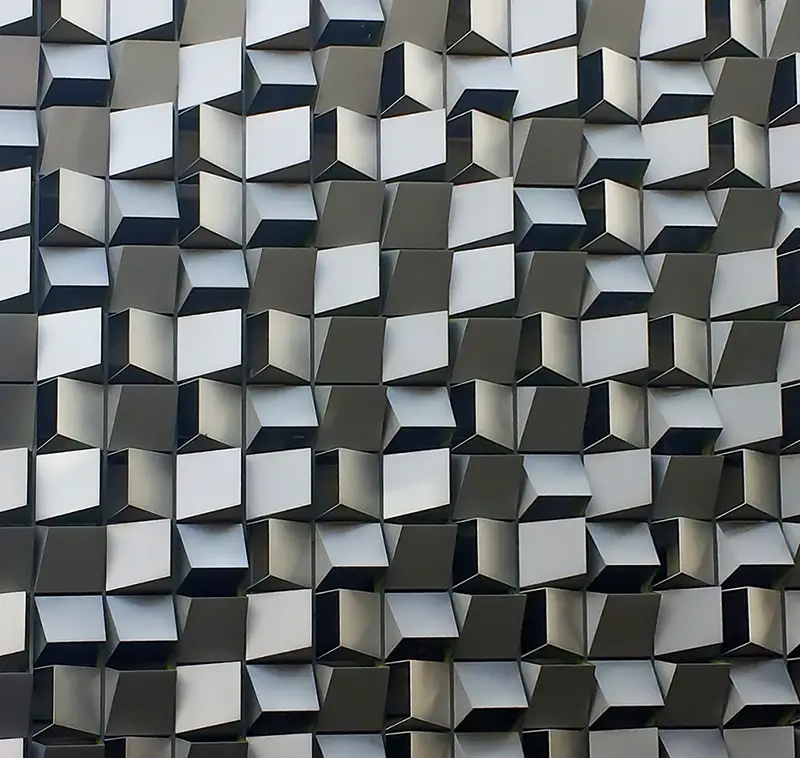
Photo by Oscar J Harper
Simplified Definition of Rhythm in Photography
Rhythm in photography is the dynamic interplay of repeated elements, patterns, and movements guiding the viewer’s eye. Incorporating repetition creates harmony, energy, and captivating compositions with enhanced impact and seamless visual flow.
What You Will Find in This Guide (Click to Jump Ahead)
- Understanding Rhythm in Photography
- Types of Rhythm
- Examples of Rhythm in Photography
- Conclusion
Without a clear understanding of rhythm in digital photography, their images may appear static and lack the visual impact they desire. The photographs may fail to evoke emotions, tell stories, or capture the viewer’s attention.
Fortunately, photographers can unlock the secret to capturing harmony and motion in their compositions by exploring and incorporating rhythm photography. Rhythm is a powerful compositional principle in the visual arts that brings life and energy to still images, allowing photographers to create visually captivating stories that resonate with viewers. This could assist in taking their work in a refreshingly new and different direction.
This blog post will explore the fundamental aspects of rhythm in photography, discussing its various forms and effective utilization techniques. We will discuss regular, irregular, progressive, and flowing rhythms, providing examples and visual cues to help photographers grasp the concept and implement it in their work.
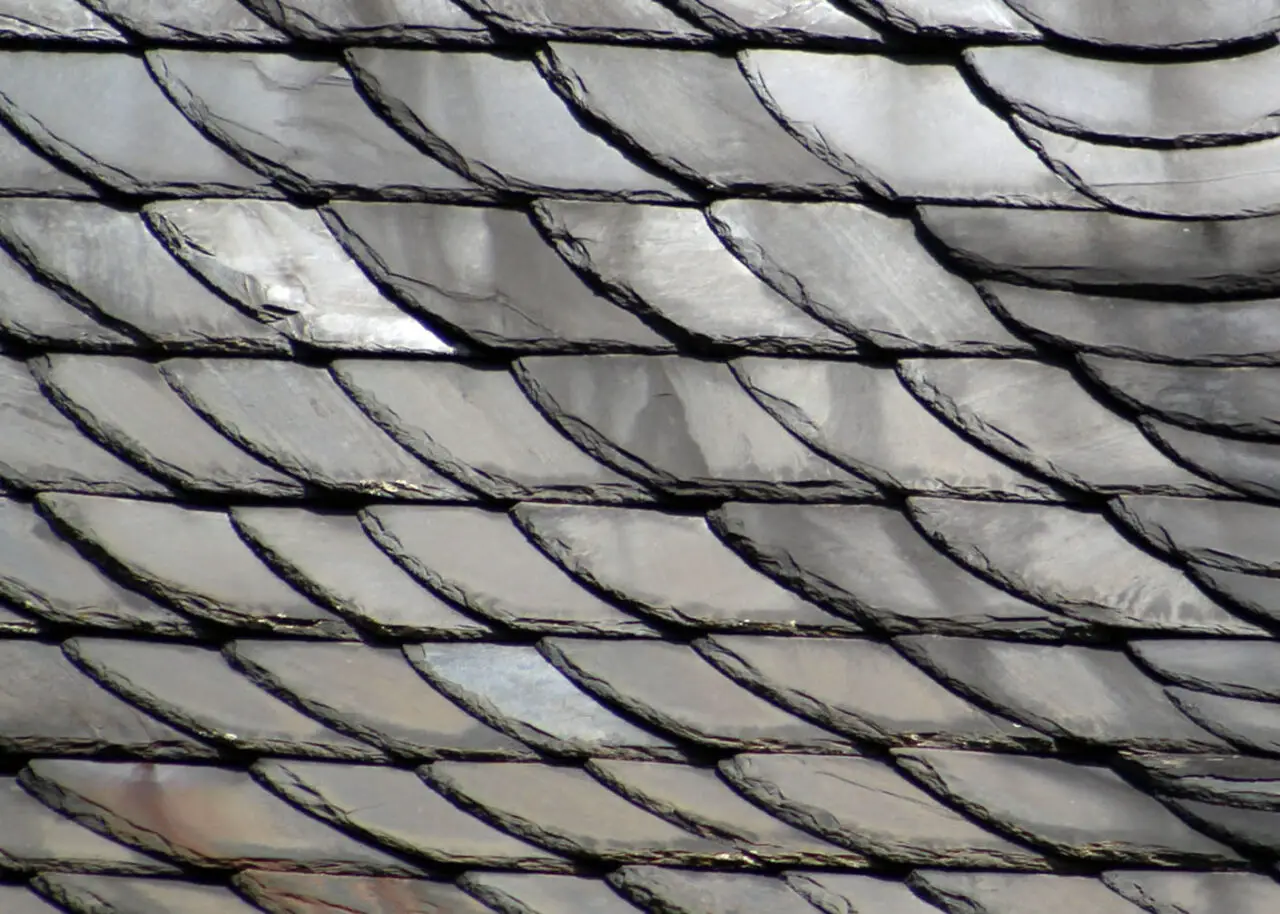
With a solid understanding of the different types of visual rhythm, photographers can infuse their images with a sense of order, balance, and movement, transforming them into compelling visual narratives that engage and captivate their audience by elevating them closer to being a work of art.
Join us as we uncover the magic of rhythm in photography, and learn how to elevate your compositions to new heights of creativity and impact. Get ready to embark on a journey where stillness meets motion and where your images truly come alive through the power of rhythm. This can often happen without the presence of a definite focal point.
Understanding Rhythm in Photography
Rhythm in photography is a compositional principle that is crucial in creating visual impact. It refers to the repetition, pattern, and movement of elements within an image, establishing a flow that guides the viewer’s eye. The pattern of repetitive elements, shapes, straight or diagonal lines, colors, or textures creates a visual beat, like in music, creating a sense of harmony and motion.
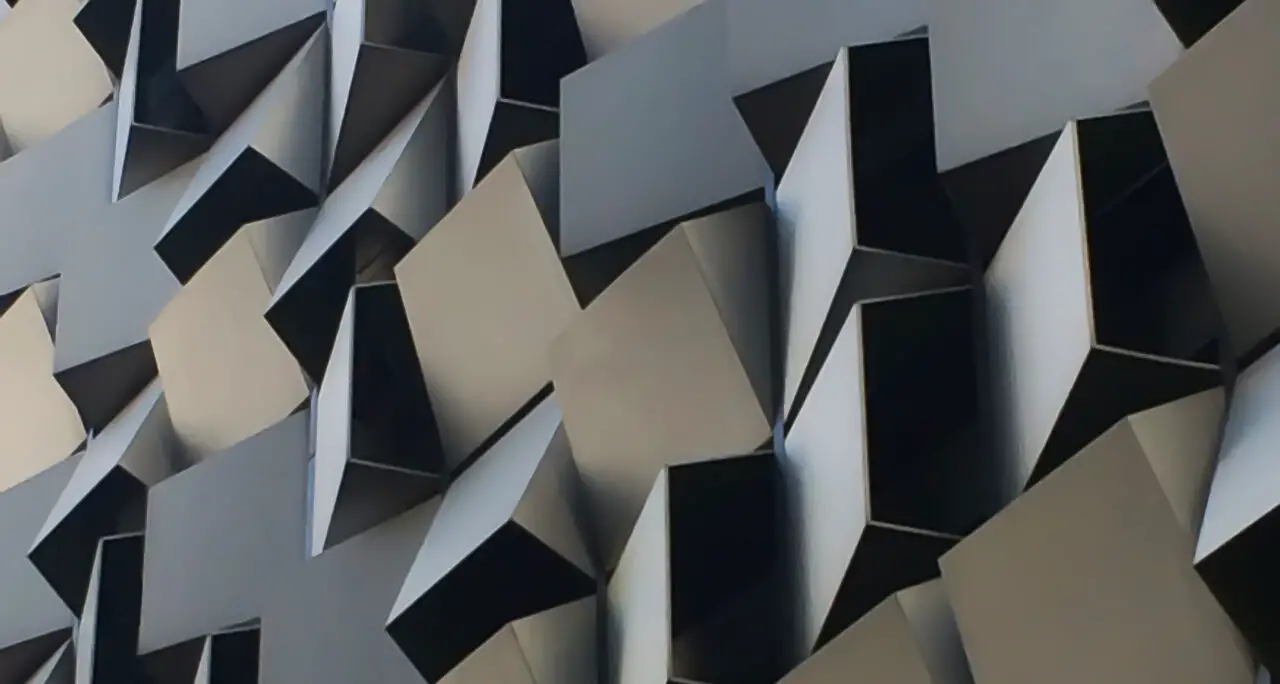
By understanding rhythm, photographers can enhance the visual appeal of their photographs, and it’s a great way to create a captivating viewing experience. Whether it’s the repetition of windows in a building, waves crashing on a shore, or the undulating lines of a curving road, any type of rhythm adds a dynamic quality to an otherwise static image.
Types of Rhythm
A – Regular Rhythm
Regular rhythm is characterized by identical or similar elements placed at regular intervals. It creates a predictable and orderly pattern found in architectural structures, rows of objects, or natural formations.
For instance, a photograph of a row of street lamps along a sidewalk or a line of trees in a forest can showcase a strong sense of regular rhythm. The repetition of these elements in a consistent manner creates a visual flow that provides a sense of stability and balance to the composition.
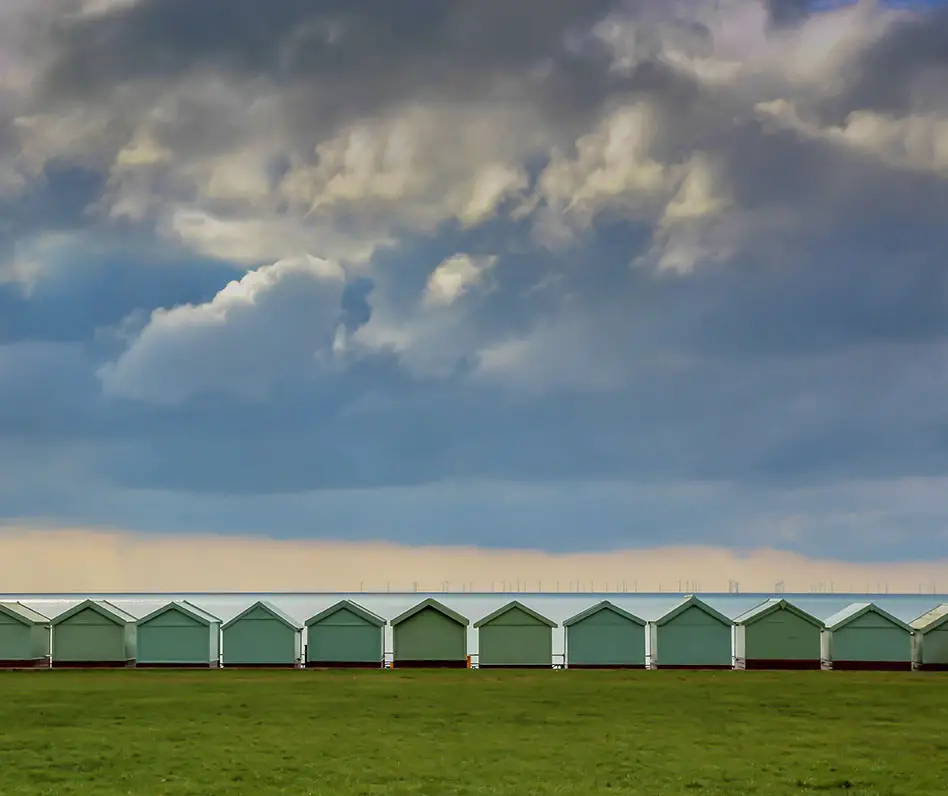
It can also establish a predictable pattern as a standard rhythm. Consider this photograph of a seafront lawn with green beach huts evenly spaced along the shore looking out to sea. The repetition of these huts, each with the same shape and color, creates a strong sense of regular rhythm.
The consistent placement and spacing of the structures guide the viewer’s eye, adding visual flow and a feeling of stability to the composition. The orderly arrangement of the beach huts brings balance and harmony to the image, enhancing its visual appeal.

B – Irregular Rhythm
Irregular rhythm involves repeating similar elements with variations in size, shape, spacing, and even colors. It adds a dynamic and visually interesting quality to an image. Different rhythms can be observed in organic forms, such as waves crashing on a shore or a flock of birds in flight.
While the repetition is present, it is not strictly uniform, resulting in a more visually captivating and organic feel. This random rhythm, producing different patterns, introduces a sense of movement and vitality to the photograph.
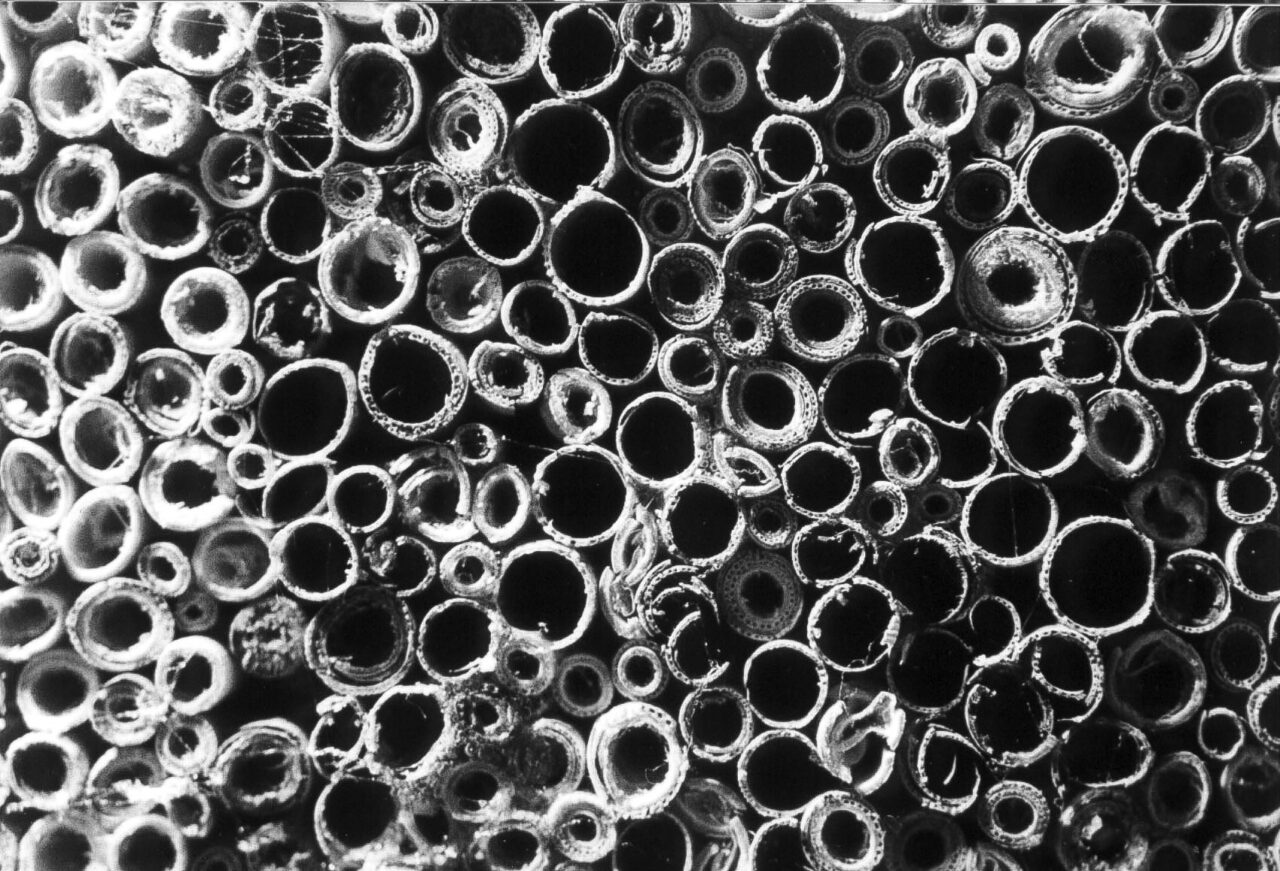
It can also be characterized by variations in size, shape, or spacing of similar elements that create a visually captivating and dynamic quality. Consider the photograph above. A tightly arranged bunch of cut grass stems, where straw tubes of different sizes and shapes are scattered irregularly across the image.
The repetition of the circles, randomly organised, though not uniform, forms an irregular rhythm. The varied sizes, shapes, and spacing create a visually interesting composition that feels organic and full of energy. The irregular rhythm in this image adds a sense of movement and liveliness, capturing the essence of random variety.
C – Progressive Rhythm
A gradual change in elements’ size, shape, or spacing within an image characterizes progressive rhythm. It creates a sense of movement and direction, leading the viewer’s eye from one element to another.
Progressive rhythm, known for a gradual change in size, shape, or spacing of elements, imparts a sense of movement and direction. Picture the photograph of a row of colorful beach huts that lead off into the distance. As the row extends, the size and spacing of the huts appear to progressively change.

The sheds near the foreground are larger and spaced further apart. At the same time, those in the background appear smaller and closer together. This progression in size and spacing creates a visual flow that guides the viewer’s eye along the row, conveying a sense of depth, distance, and continuous change.
The progressive rhythm in this image adds a dynamic element and a feeling of direction to the composition.
Another example of progressive rhythm would be seen in a photograph of a staircase where each step gradually decreases in size. This change in the elements creates a visual flow that adds a sense of progression and motion to the composition.

The changing diameters of concentric circles radiating from a water droplet in a still pool could be a good example of progressive rhythm. The rhythmic elements of the pulsing circles set up a visual tempo that guides the eye’s movement out from the central vanishing point.
D – Flowing Rhythm
Flowing rhythm is characterized by curved or undulating lines that guide the viewer’s eye through the image. It creates a sense of continuity and smooth movement. This harmonious rhythm can be observed in natural elements like meandering rivers or the contour of a person’s body.
In manmade engineering, a similar effect can be seen in the flowing curves of a mountain road. By capturing and highlighting these graceful lines, photographers can evoke a sense of elegance and harmony within their compositions.
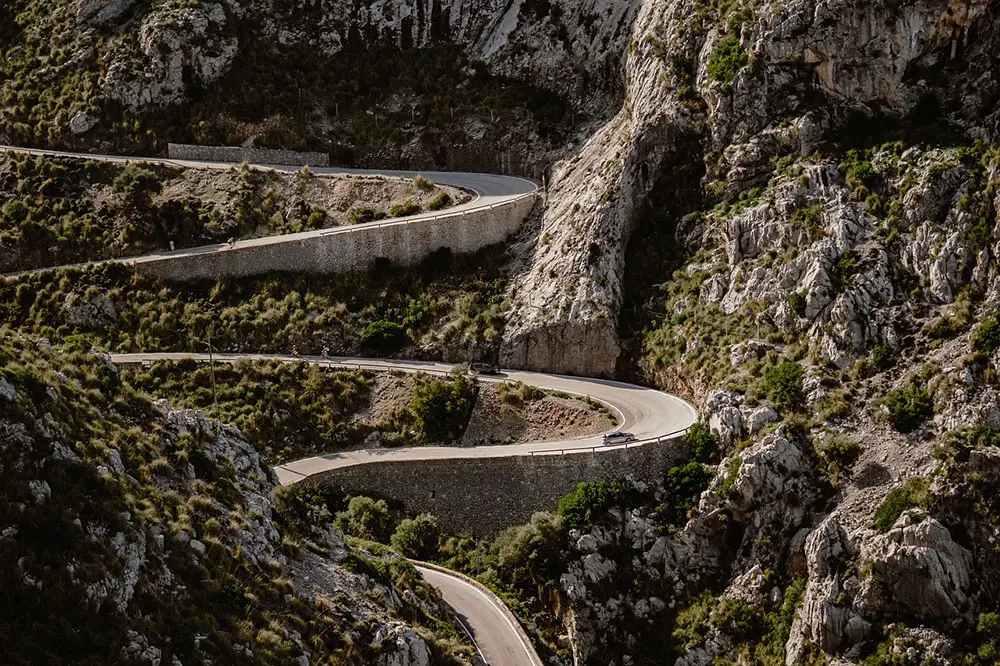
Flowing rhythm, marked by curved or undulating lines that direct the viewer’s gaze, imparts a sense of continuity and graceful movement. Imagine a photograph capturing a series of cascading waterfalls in a lush forest. The flowing water creates a natural rhythm as it follows the contours of the terrain, cascading down in a beautiful, curving motion.
The lines formed by the waterfalls guide the viewer’s eye through the image, evoking a sense of tranquillity and elegance. The flowing rhythm is a great example that captures the essence of the dynamic and harmonious nature of the waterfalls, creating a captivating visual experience.
E – Syncopated (or Broken) Rhythm
A syncopated rhythm in photography introduces intentional disruptions or variations within a pattern. It involves irregular or unexpected placements, interruptions, or modifications of repeated elements. Syncopated rhythms add a dynamic and visually engaging quality to an image. They challenge the viewer’s expectations and create a sense of tension or surprise.
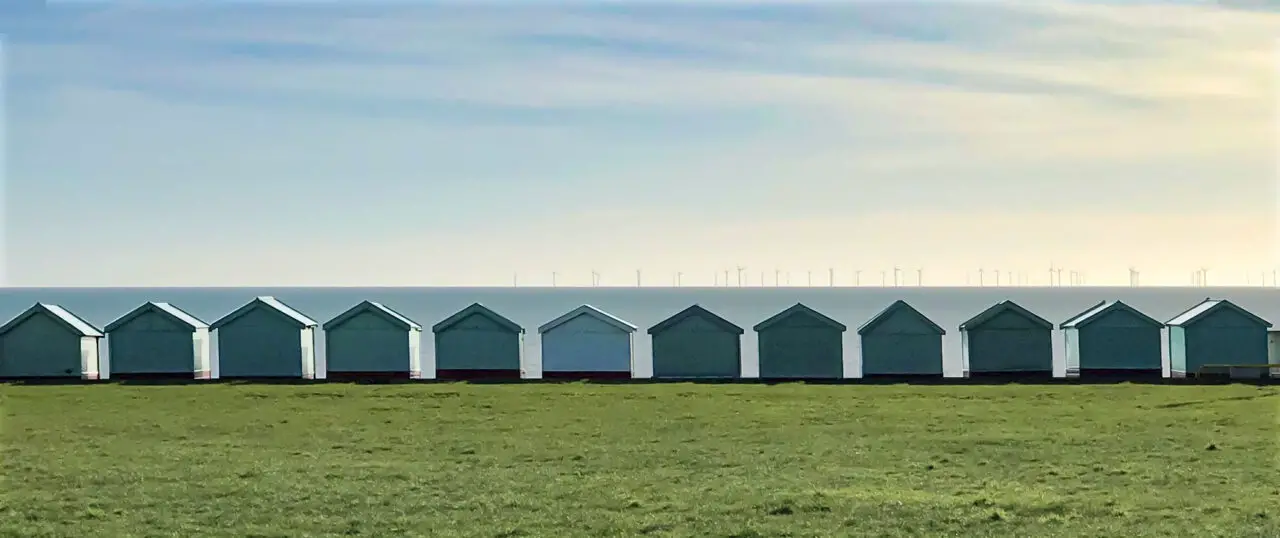
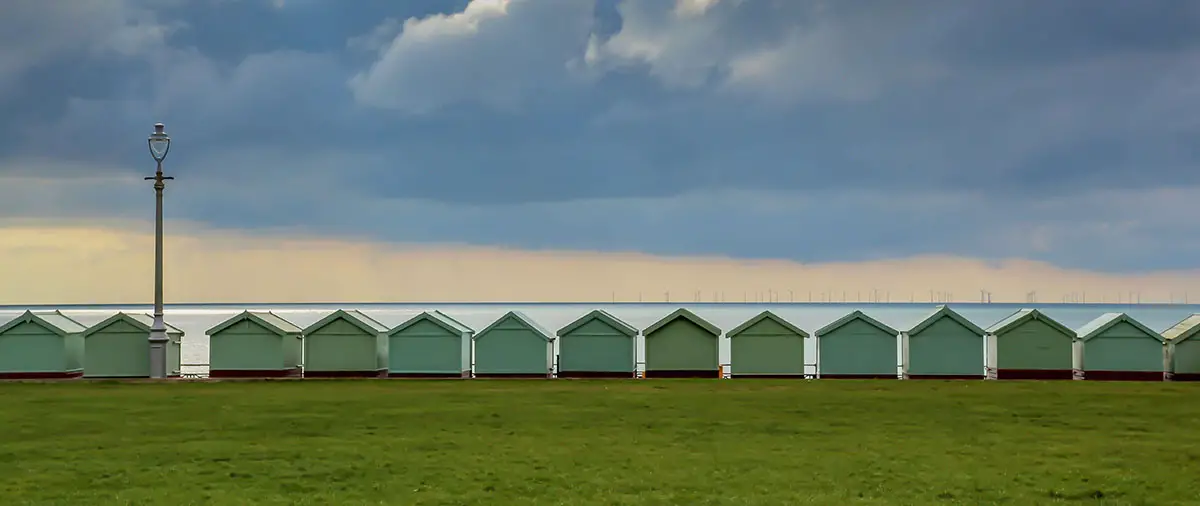
The pair of photographs above attempts to describe the difference between a regular rhythm and a broken rhythm.
For instance, revealing the gap in the row of beach huts and the presence of a single lamp post, intentionally breaking the pattern, can showcase a syncopated rhythm. This type of rhythm adds visual interest, energy, and a sense of movement to the composition.
In summary, a regular rhythm follows a consistent and predictable pattern. In contrast, a syncopated rhythm introduces intentional variations or disruptions within that pattern, creating a more dynamic and visually intriguing effect.
Both approaches offer photographers unique opportunities to emphasize specific elements and enhance the visual impact of their images.
Examples of Rhythm in Photography
A – Architectural Patterns
Architectural structures offer excellent opportunities to capture rhythm in photography. The repetition of a building’s windows, doors, or columns can create a strong sense of regular rhythm. For example, a photograph of a row of columns in a cathedral showcases the rhythmical flow and symmetry inherent in architectural design.
Repetitioning these important elements adds visual interest and emphasizes the composition’s order and harmony.
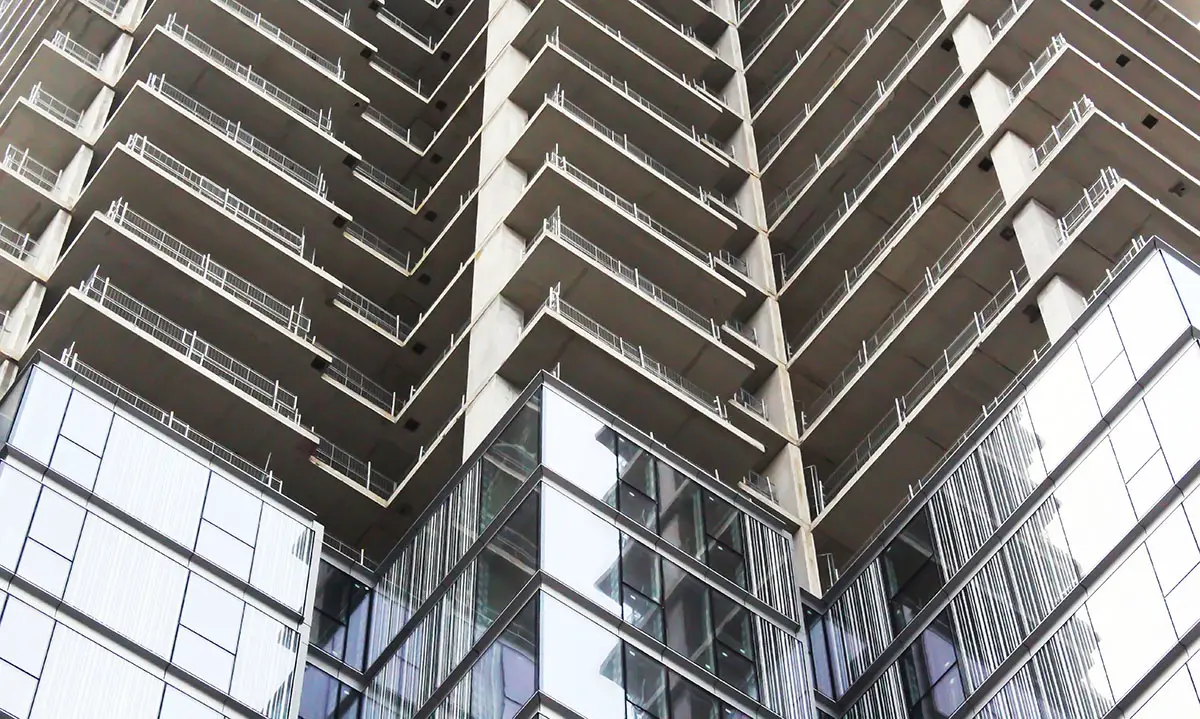
Architectural patterns provide a rich source for capturing a steady rhythm in photography. Consider a photograph of a modern skyscraper under construction with its repeating pattern of concrete floor slabs arranged in a layered pancake stack. The uniformity and regularity of these geometric shapes create a strong sense of rhythm, showcasing the sleek and organized nature of the architecture.
The repetition of these elements adds visual interest and emphasizes the composition’s precision and balance. The architectural rhythm in this image conveys a sense of order and harmony while also highlighting the unique design elements of the building.
B – Natural Patterns
Nature provides photographers with a rich tapestry of rhythmic patterns and organic shapes to explore. Capturing the rolling waves of the ocean or the ripples in a pond in the rain can illustrate the flowing rhythm of the water. These natural patterns, found in landscape photography, not only enhance the visual appeal of the photograph but also evoke a sense of awe and tranquillity.
Consider the photograph below. A bank of reed grasses where the repetition of their seed heads creates a mesmerizing display of irregular rhythm. An example of the random and irregular patterns that can be found in nature.
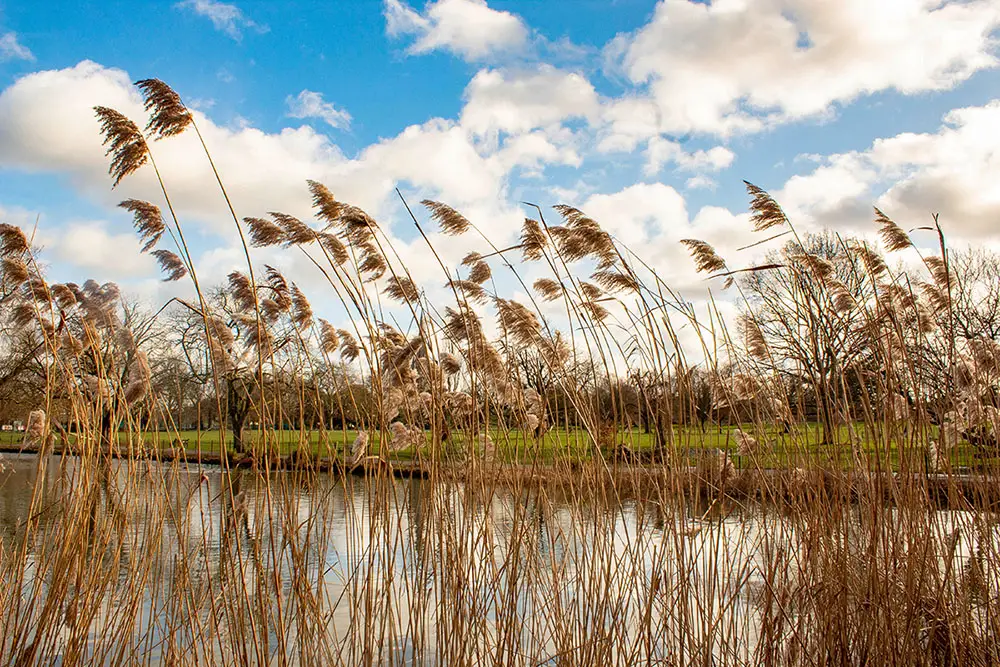
Nature’s abundant offerings provide many rhythmic patterns for photographers to capture. Picture a dense forest with tall, slender trees standing in a row, their trunks reaching towards the sky.
The repetition of these vertical lines creates a striking natural rhythm, emphasizing the height and symmetry of the forest. As the eye travels through the image, it follows the rhythmic pattern established by the trees, evoking a sense of tranquillity and harmony in nature’s embrace.
C – Street Photography
Urban environments offer abundant opportunities for capturing rhythm in photography. The bustling streets and crowded scenes can present intriguing rhythmic patterns. Repeating elements such as lampposts, pedestrians, or bicycles can create dynamic and progressive rhythms.
For instance, photographing the synchronized motion of pedestrians crossing a busy intersection or capturing a row of parked bicycles can exemplify the presence of rhythm in street photography. These examples convey a sense of energy and movement within the urban landscape.
In street photography, rhythm can be found not only in the motion of people but also in the repetition of objects and elements that define the urban landscape. Look out for unusual examples of rhythm in street scenes.
This extraordinary rusty gate is constructed into a hefty steel grid, with each opening housing a tiny toy car, like pupae in a bee’s honeycomb.
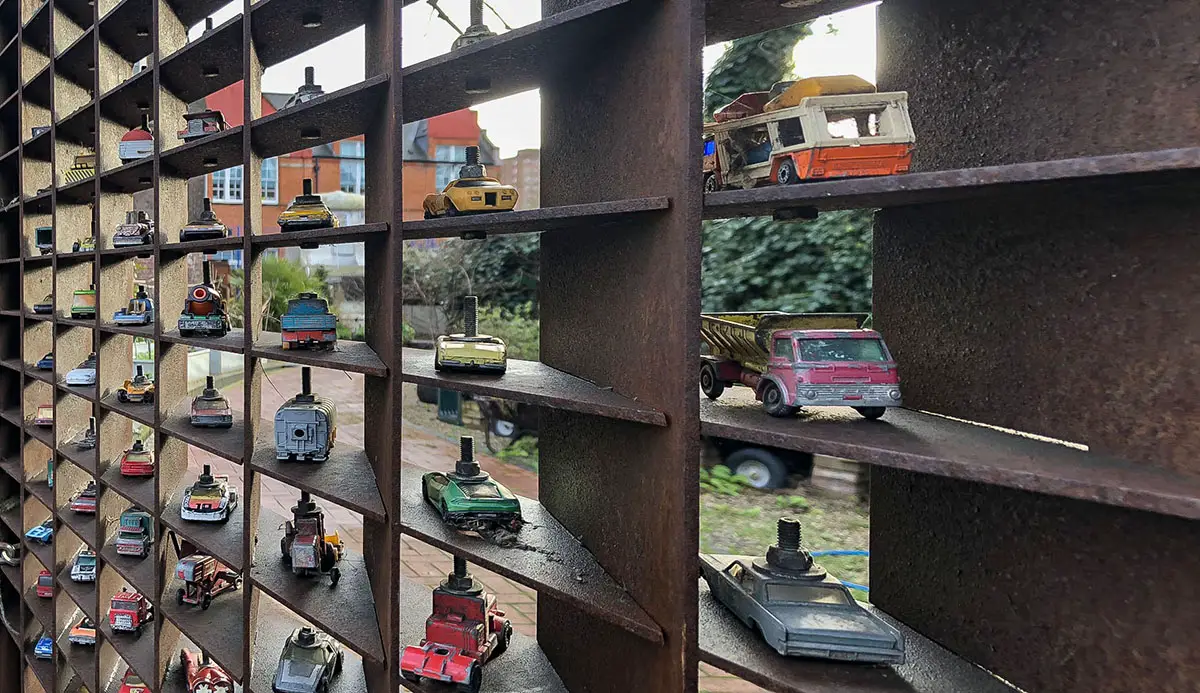
The vibrant streets of a city provide a captivating backdrop for capturing rhythm in street photography. Imagine photographing a bustling market scene where rows of colorful fruit stands align along the sidewalk. The repetition of the stalls, each adorned with various fruits, creates a lively and dynamic rhythm.
The eye is drawn from one stand to another, following the rhythmic patterns formed by the display of fruits. This composition would capture the energy and movement of the market, highlighting the vibrant atmosphere and the diverse offerings available.
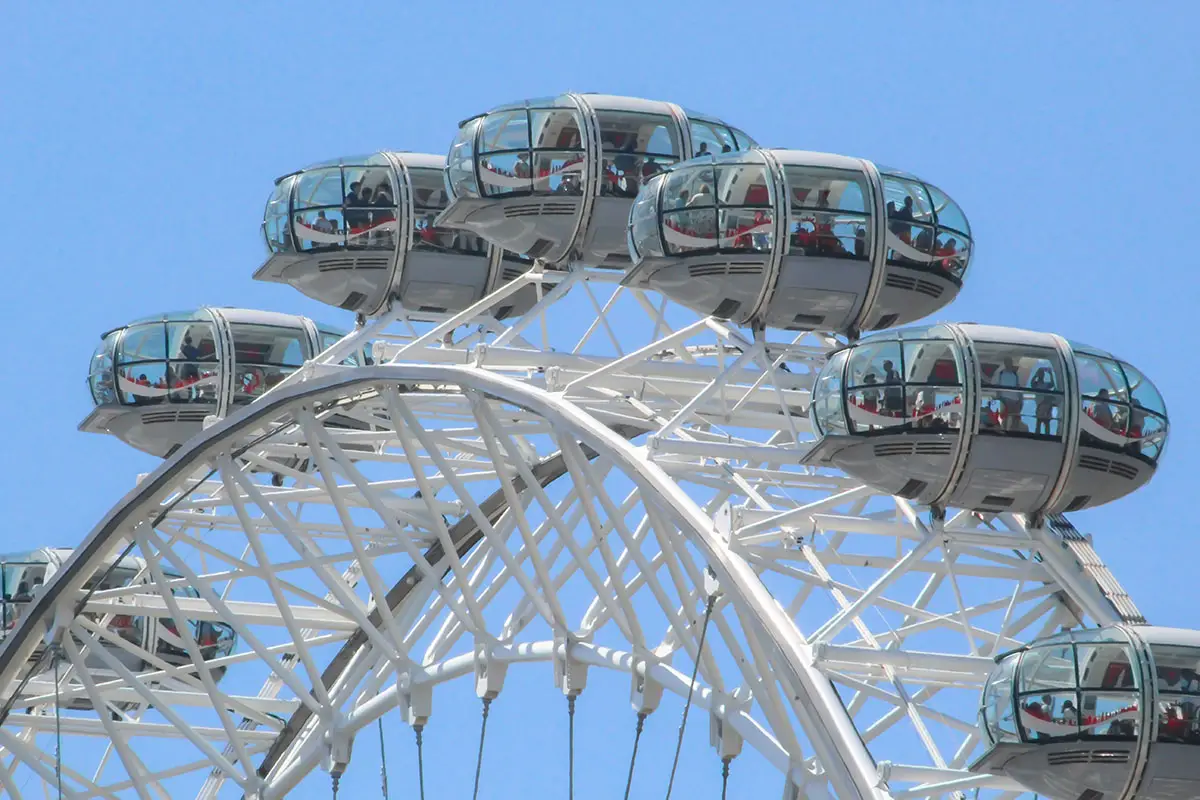
D – Abstract Photography
Rhythm can also be explored through abstract photography. By focusing on everyday objects’ details, textures, and colors, photographers can create striking images that emphasize the repetitive patterns and shapes present in their subjects.
For instance, a close-up photograph of a pile of seashells showcases the intricate repetitive patterns and textures, highlighting the power of rhythm in abstract compositions.
Similarly, a series of colorful umbrellas on a beach can create a visually captivating image, with repeated shapes and vibrant colors creating a strong sense of rhythm.
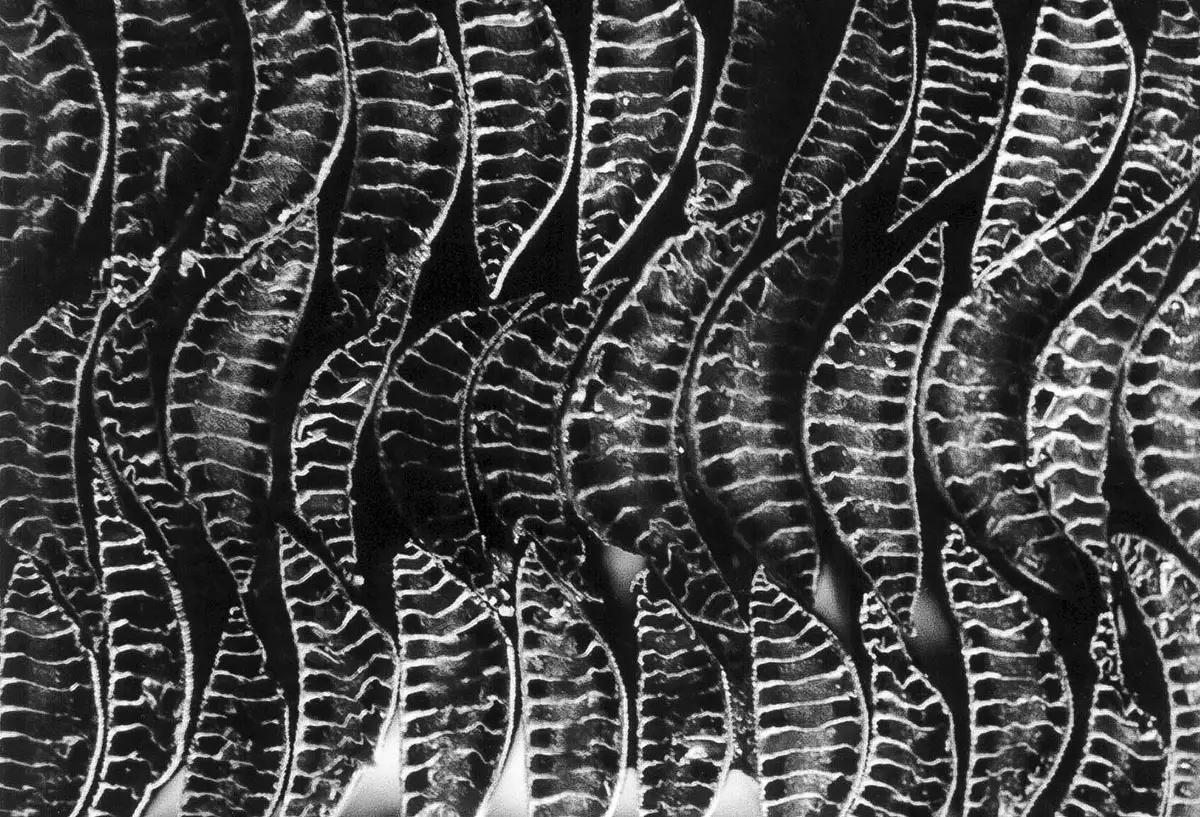
Abstract photography provides a realm of creative possibilities for capturing rhythm. Consider the close-up photograph of these cut and stacked blade reeds. The repetitive patterns and lines formed by the sections of reeds create a mesmerizing rhythmic composition.
The consistent shapes and alternating light and shadow emphasize the visual flow, bringing a sense of harmony and movement to the abstract image. Through the exploration of everyday objects, photographers can uncover hidden rhythms and transform them into visually captivating compositions that engage the viewer’s imagination.
Abstract photography allows for the discovery of unique patterns and textures that evoke a sense of rhythm, adding depth and intrigue to the visual narrative.
Conclusion
Rhythm is a fundamental element in photography that can transform a static image into a visually engaging and captivating composition. By understanding the different types of rhythm and their applications, photographers can effectively utilize this creative form of repetition, pattern, and movement to create harmony, balance, and a sense of motion within their photographs.
Whether capturing architectural patterns, exploring natural formations, documenting street scenes, or experimenting with abstract compositions, rhythm adds depth and visual interest to photos, allowing photographers to convey emotions, tell stories, and evoke a sense of visual pleasure in their viewers.
So, embrace the power of rhythm in your photography, and let it guide you to create images that truly captivate and inspire.
Related Articles
What is Composition in Photography and How to Perfect It?
Learn the art of composition in photography for picture-perfect images. Discover expert tips, flawless techniques, and how to capture breathtaking moments that leave a lasting impression. Click here to read the article on this website.

